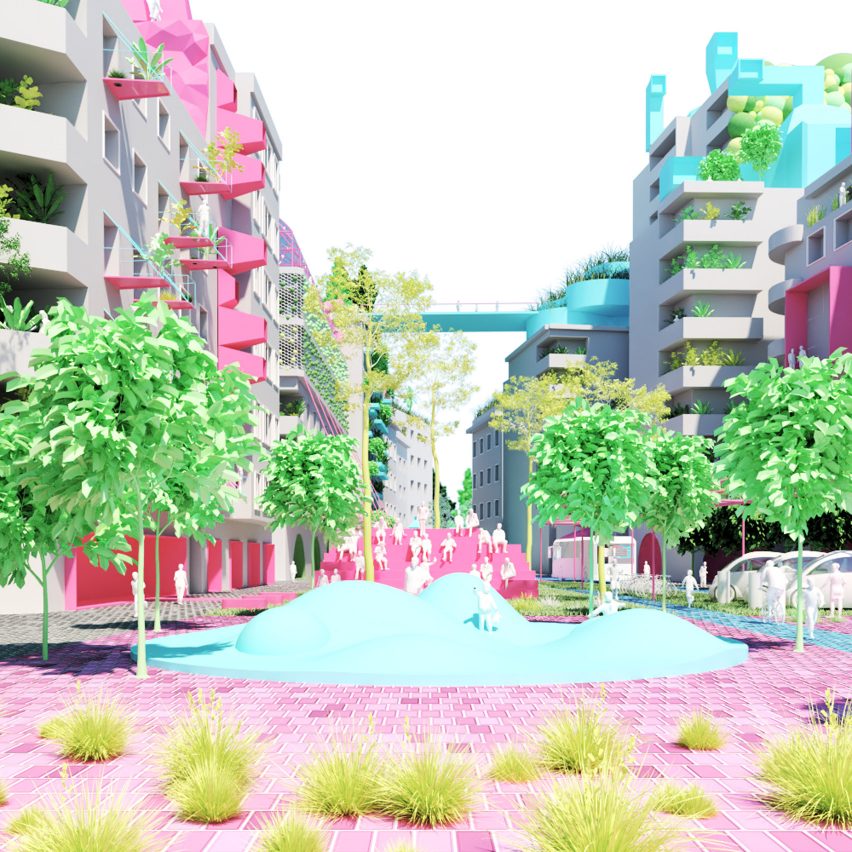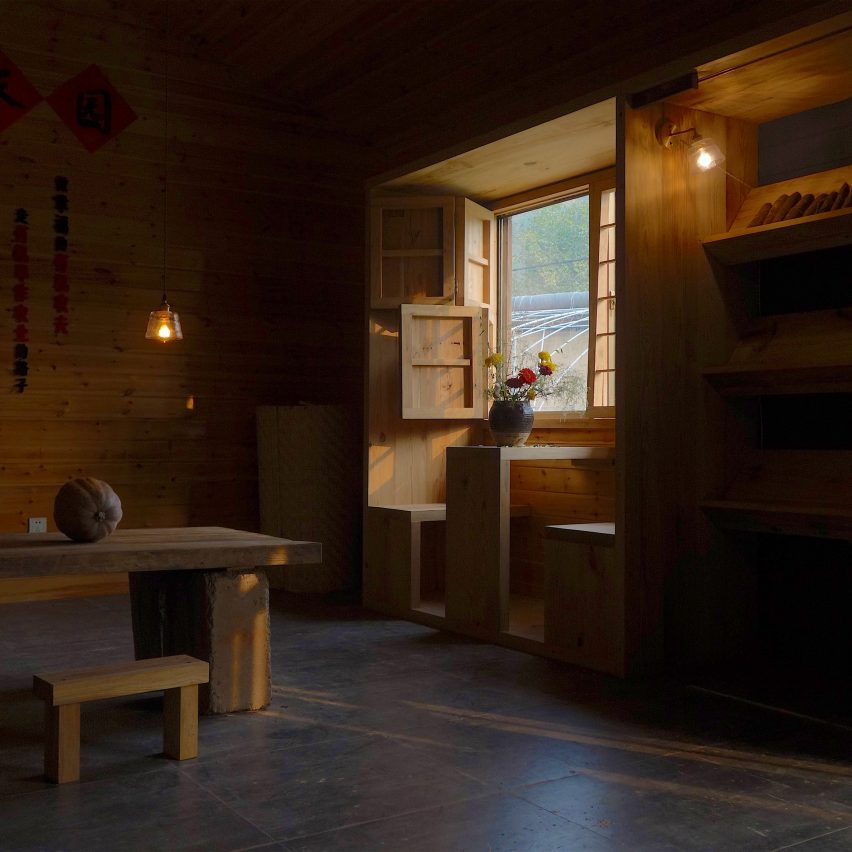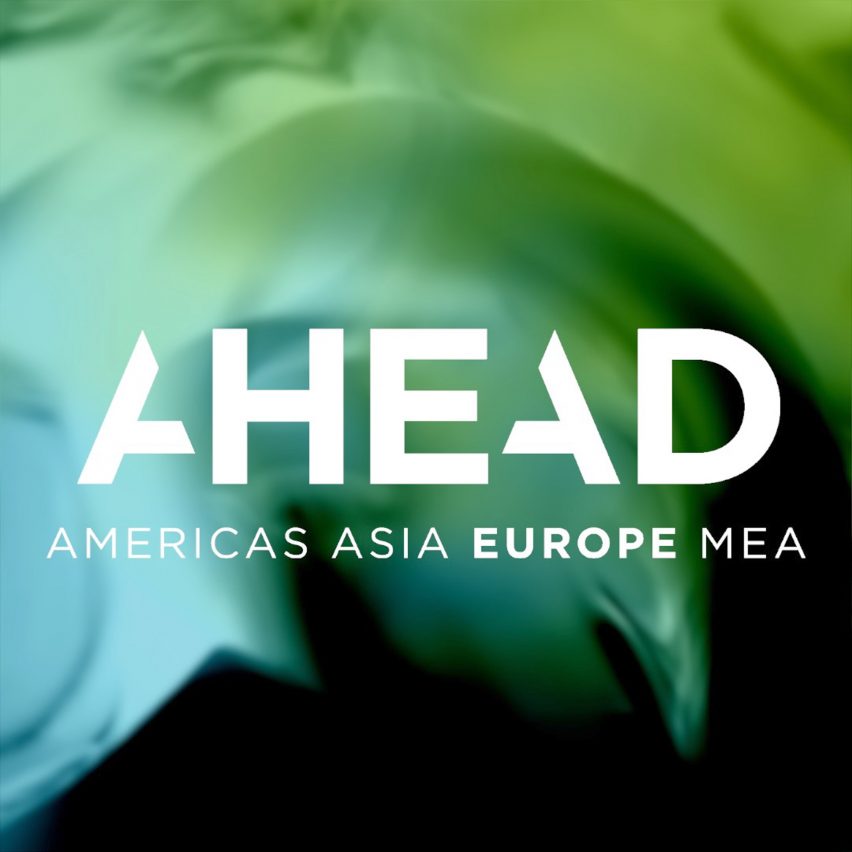
This week on Dezeen, we featured three unusual restrooms designed for the Tokyo Toilet project, including Shigeru Ban's colourful, transparent design.
As well as Ban's restroom, whose transparent walls become opaque when the toilets are in use, designs include Wonderwall's concrete toilet that references primitive Japanese huts, and Fumihiko Maki's "squid toilet" which is located in a park known as the Octopus Park.
The project is being run by the not-for-profit Nippon Foundation and will see 17 toilets being built in total.

The CEO of American software maker Autodesk, Andrew Anagnost, replied to criticism from leading architects about the rising cost and lack of development of its Revit application.
Though he admitted improvements "didn't progress as quickly" as they should, he called the expense of Autodesk software "certainly reasonable for tools that are at the centre of the daily work of architects."

Fashion blew up this week, as Harikrishnan's inflatable trousers went on sale – just six months after the designer showed them at his graduate show – with a warning to "not overinflate" the shiny latex garments.
Spanish artist SiiGii took the concept one step further with their wearable, inflatable latex lilo, which enables the wearer to float in the ocean without worrying about sun exposure.

Open House and Open City director and Dezeen columnist Phineas Harper inspired a passionate discussion in the comments after accusing architecture of rampant elitism.
In a Twitter thread, the former Architecture Foundation deputy director compared the percentage of architects from non-state schools in its New Architects 3 publication with the percentage of state school students who went to Cambridge las year.
"[W]e *need* to start talking about the impact of private schools on architecture," Harper said.

James Dyson, vacuum-cleaner entrepreneur and the UK's wealthiest person, and his wife Deirdre are set to open their private art collection to the public in an art gallery that WilkinsonEyre's founder, Chris Wilkinson, has designed for their UK home.
In Ireland, O'Donnell + Tuomey unveiled a timber and concrete pedestrian bridge, which was built over the River Lee to improve connections to University College Cork. The bridge gives students direct access to an area of green space across the river from the university.

Competing designs for the Theodore Roosevelt Presidential Library, which will be built in Medora, North Dakota, were presented by Snøhetta, Studio Gang and Henning Larsen.
Proposals include a scheme composed of four angular volumes topped by grass, a building composed of three horseshoe-shaped structures, and a library topped with a huge, curved roof that acts as an extension of the landscape.

In other architecture news, Dutch studio MVRDV announced its plans to turn a deteriorating concrete factory in China into a creative office space with a maze-like garden on the roof.
Denmark's BIG unveiled its masterplan for BiodiverCity Penang, a series of islands in Malaysia that will be connected by a car-free autonomous transport system.

Popular projects on Dezeen this week include the Step House extension with its plywood staircase, Worrel Yeung's industrial artist studios in historic Brooklyn factory buildings, and Ridgewood, a renovated California house that pays homage to its "flamboyant" modernist architect.
This week on Dezeen is our regular roundup of the week's top news stories. Subscribe to our newsletters to be sure you don't miss anything.
The post This week, architects designed innovative public toilets for Tokyo appeared first on Dezeen.
https://ift.tt/329vqKs
twitter.com/3novicesindia








No comments:
Post a Comment